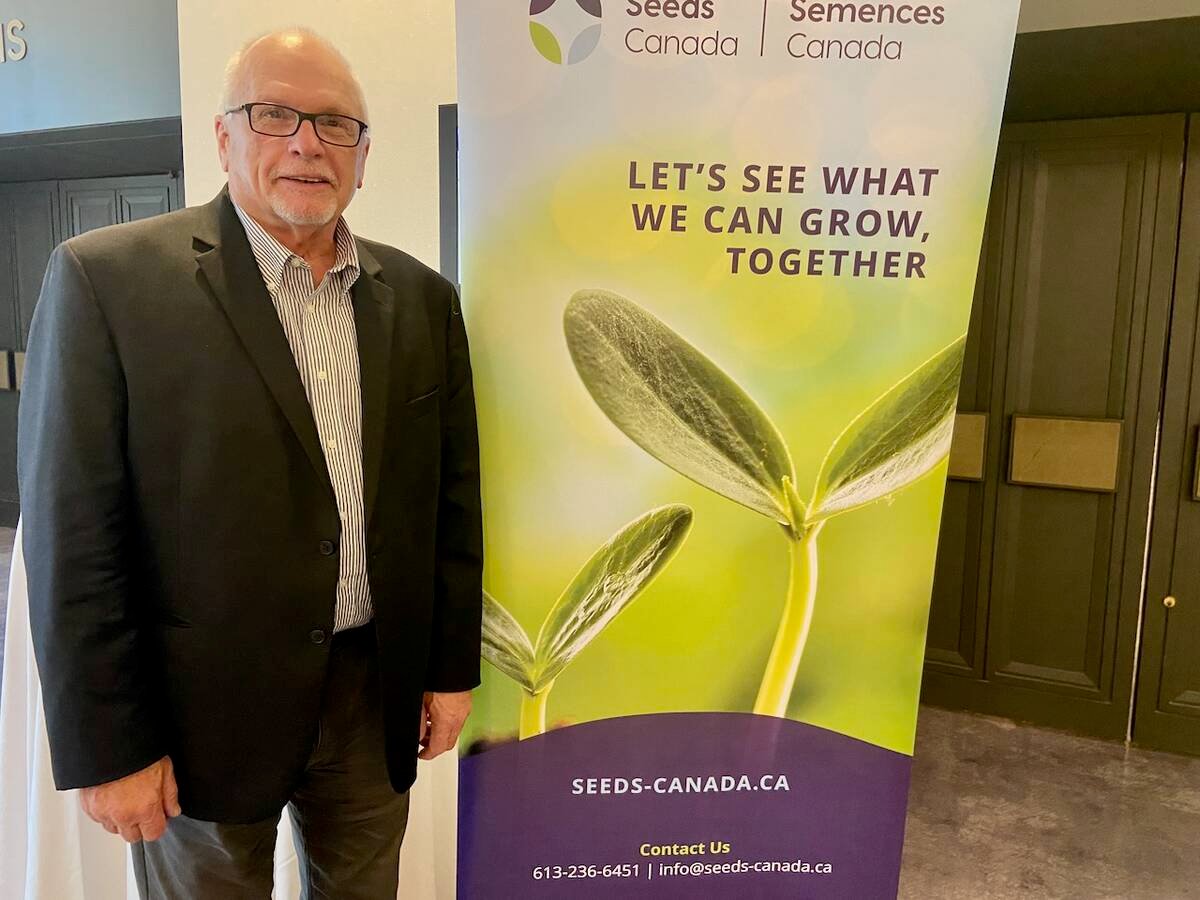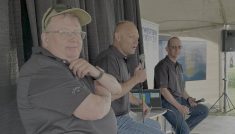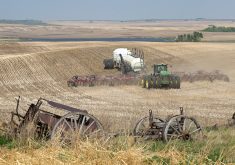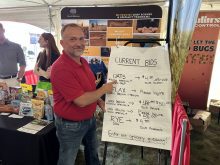The world is still a few years away from growing its food in space, 10-year old
Byron Moffatt predicts.
The Weyburn, Sask. student was one of more than 60,000 Grade 4, 5 and 6 students from across Canada who took part in a science experiment where they planted two canola seeds – a regular one and a second that accompanied astronauts aboard the space shuttle Columbia.
The space-traveled seed under Moffatt’s care has not fared well.
He said he was surprised by the difference a trip through space at speeds of more than 27,000 kilometres an hour can make.
Read Also

Senft to step down as CEO of Seeds Canada
Barry Senft, the founding CEO of the five-year-old Seeds Canada organization is stepping down as of January 2026.
“I didn’t think there would be any difference because people have been going up in space for years and they’re OK,” said the Haig School student.
“But then I thought, ‘People wear space suits.'”
The journals kept by Moffatt and his classmates recorded the average height of the earth-bound seeds at 25 centimetres, compared to the space seeds’ average height of 22 cm. Also, by mid-April, 10 earth-bound seeds had flowered and five had developed pods. This compared to flowering by seven space-seed plants and podding by one.
The program, called Canolab, is sponsored by the Canadian Space Agency, Agriculture Canada and other partners to teach kids about space, science and agricultural plant biology, said co-ordinator Annick Paradis, with the space agency.
The 100,000 canola seeds included in the experiment were chosen because canola was developed in Canada and is an important cash crop for thousands of Canadian farmers.
Different results
Moffatt’s findings are not conclusive, Paradis said. Other students have reported the space-traveled seeds grow better than their earth-bound counterparts.
“There’s been a bit of both,” she said. So far, only 20 schools have reported back. The results will be compiled in a final report in July.
Until then, students get an introduction to the scientific method, the space environment and agricultural plant biology.
“The purpose is really for them to be young scientists, not to find out if we can grow crops in space,” she said.
That could come later.
“If in July we see that most of the space plants grew better, research will be pushed in that direction,” Paradis said.
The national summary will be distributed to students in the fall.
















